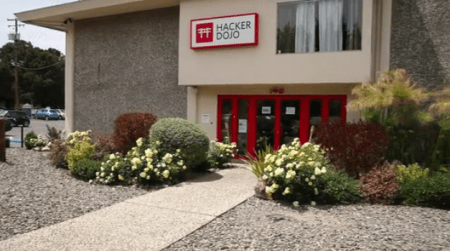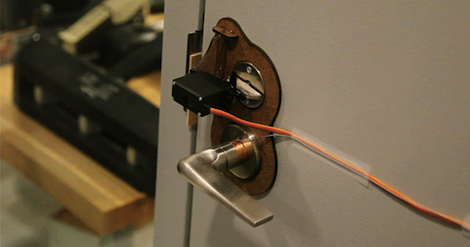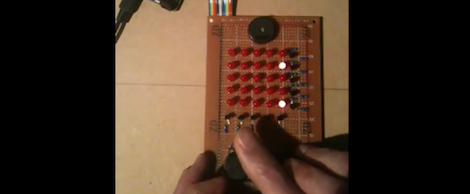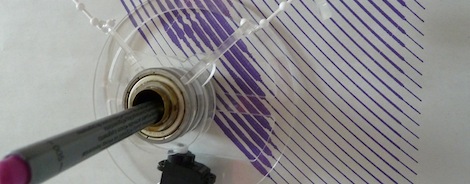Our travels brought us to Quelab in Albuquerque New Mexico for the 2nd stop on our southwest tour. [Adric] agreed to give us a tour of this really cool space and a few other folks were there working on various projects. There were several things I really enjoyed that will hopefully be gracing our pages soon with full writeups.
The Quelab hackerspace has a small machine shop area as well as a few collaborative spaces. They occasionally hold events where you can come and learn different skills as well. While I was there, I saw some cool high altitude balloon projects, a teletype playing Zork, and a 3d printer spitting out some custom Quelab tokens.
The group seemed to be very a really cool bunch. Everyone was enthusiastic about their projects and their space. They even tried to feed us (but the timing just wasn’t right). If you ever make it by, be sure to go play with the phosphorescent wall in their bathroom. Easily one of my favorite simple projects.















